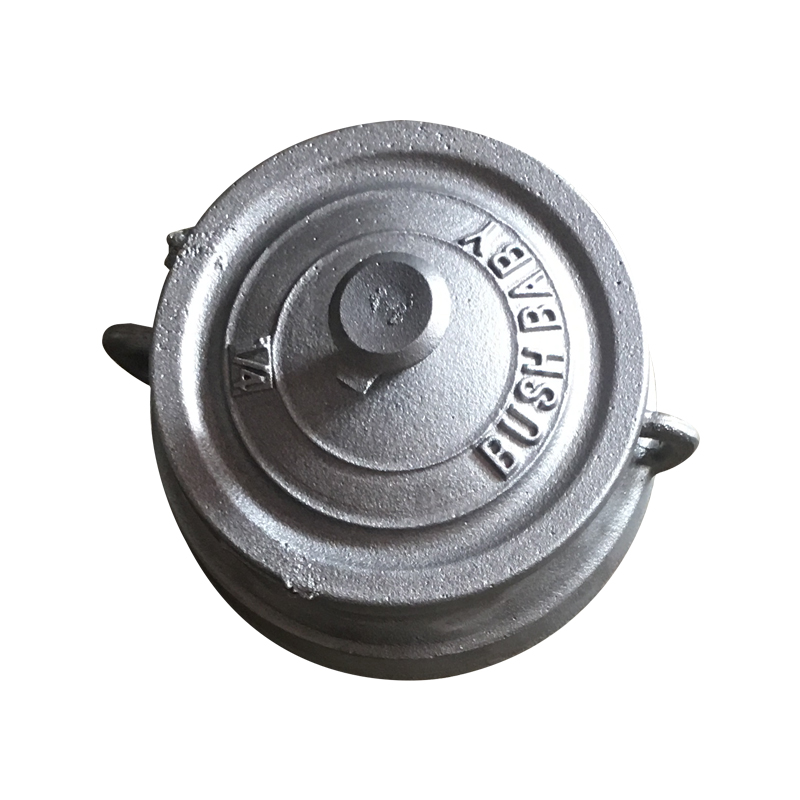Choosing Coated Sand Castings Ring Molds: Key Factors to Consider
Industry News-Selecting the right ring mold is vital to ensure production efficiency, consistent quality, and cost-effectiveness. Whether for automotive, pump, valve, or machinery applications, understanding how to choose coated sand castings ring molds requires careful evaluation of several technical and practical factors.

The step in selecting any casting mold, including ring molds, is understanding the intended application of the finished component. Is the ring mold being used for structural, wear-resistant, or high-temperature parts? Each use case will have different performance requirements, influencing the selection of mold materials, dimensions, and tolerances.
For example, if the casting will be part of a high-speed rotating machine, tight roundness, balance, and surface finish are critical. Conversely, for static applications, dimensional tolerance might be slightly broader, but wear resistance might take precedence. Matching the ring mold to the end-use application reduces post-processing costs and avoids issues like misalignment or premature wear.
Coated sand is a central component of the mold-making process. It consists of silica sand coated with a resin binder, often phenolic, which hardens during heating. The choice of coated sand directly impacts the performance of the mold, particularly in terms of thermal stability, surface smoothness, and gas permeability.
Key parameters to evaluate include:
Grain size: Finer grains yield smoother surfaces but may reduce permeability.
Resin content: Adequate binder ensures mold strength but too much can lead to gas defects.
Thermal resistance: The coated sand should withstand the pouring temperature of the specific alloy being cast.
Flowability and compactability: For consistent ring molds, the sand must fill the mold evenly without voids or segregation.
Choosing a mold supplier with strict quality control over sand coating processes helps ensure these characteristics are optimized.
Ring molds often need to meet strict geometric tolerances, especially when they form part of mating components. Design precision includes:
Inner and outer diameter tolerances
Roundness and concentricity
Surface finish
Wall thickness uniformity
Modern foundries often use computer-aided design (CAD) and CNC machining to create precise patterns for coated sand mold production. When choosing a mold, inquire whether the supplier uses updated design and manufacturing tools, and ask for dimensional inspection reports or mold validation samples.
A ring mold must resist deformation and maintain integrity during metal pouring and solidification. Therefore, its strength and thermal behavior are crucial.
Hot strength: Refers to how well the mold holds its shape at elevated temperatures.
Thermal expansion: Excessive expansion can cause cracking or dimensional changes.
Resistance to erosion: The molten metal may cause erosion of weak molds, leading to defects.
Ensure the mold material and coating can withstand the alloy’s pouring temperature. For example, aluminum requires less heat resistance than cast iron or steel, so the coated sand specifications can be adjusted accordingly.
During the casting process, the heat from the molten metal causes the resin in the coated sand to decompose, releasing gases. If not properly vented, these gases can create defects in the final part, such as porosity or blowholes.
When selecting ring molds, look for features that facilitate adequate venting. Molds with properly designed vents or porous sections help reduce internal gas pressure. Additionally, ensure that the coated sand formulation produces minimal gas upon decomposition and that mold curing is consistent.
 En
En
 русский
русский Español
Español عربى
عربى Deutsch
Deutsch















